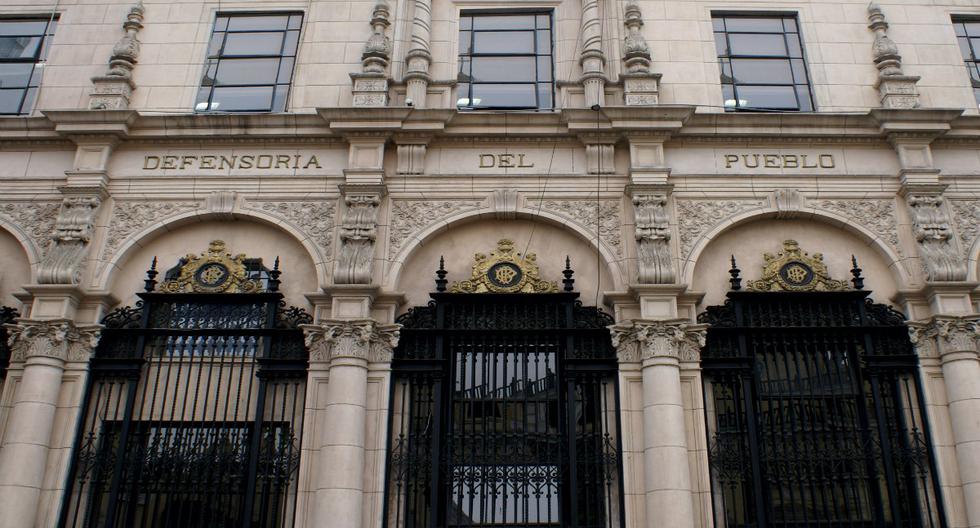The six-monthly accumulated figure is very little below the inflationary projection that the Government of Alberto Fernández had predicted for the entire year in its agreement with the International Monetary Fund, of between 38 and 48%, which becomes very difficult to comply with taking into account the evolution of prices so far in 2022.
Last month, the consumer price index rose to 5.3% monthly, an increase of 0.2 percentage points from May.
“There are times when it accelerates more, for political reasons, expectations, economic situations, or due to the greater or lesser impact of world inflation,” presidential spokeswoman Gabriela Cerruti said Thursday at a press conference hours before to know the data of the Indec.
In his defense, Cerruti was blunt: “Argentina comes from an inflation of 50 points when we assumed (power, in 2019), we have been dealing and working with that problem since then, using all possible tools.”
Argentine inflation levels have been working like a roller coaster for years: former president Mauricio Macri (2015-2019) handed over the presidency to Fernández with 53.8% and, with a pandemic in between, it was reduced to 36% in 2020, but the closing of 2021 was 50.9%.
The most optimistic private analysts, who consult the Argentine Central Bank every month, project an annual rise of 76% for this year, which if registered would once again be the highest since 1991, when consumer prices grew by 84%.
“MULTICAUSAL” INFLATION
For the economist Miguel Boggiano, Argentina greatly increased the nominal value of its currency before the monetary issue.
“Inflation and the fiscal deficit are financed with the printing of paper money. No matter how much that impression stops at a certain moment, there is always a lag,” the executive director of Carta Financiera, a company dedicated to investment management, told Efe.
However, for the Government, inflation is “multicausal”.
“By saying that it is ‘multicausal’ they blame the war in Ukraine, the supermarkets and another part of the oligopolies, they always point to third parties”, Boggiano enumerated.
“They are well aware that the issue exists and one of the tests is the Leliq that absorb pesos in circulation,” concluded the specialist.
The Leliq are Argentine securities issued by the Central Bank, which have a weekly term and are auctioned daily, and which also function as monetary control instruments to capture pesos that go out of circulation.
To date, the South American country has dollar reserves for a total of 40,397 million, but at the same time an excess of pesos, of which the population seeks to get rid of with the purchase of foreign currency or objects made from those currencies.
ESSENTIAL INCREASES
According to the official report, goods had a positive variation of 5.2% in the sixth month of the year compared to May, while services rose by 5.5%, numbers that amount to 66% and 58.4 %, respectively, in the year-on-year comparison.
Among the categories most affected by the rise in prices, the impact on health stood out (7.4%) due to the increase in the quotas of prepaid medicine and medicines, followed by housing, water, electricity and other fuels (6 .8%) due to the growth in rates for basic services.
Finally, the alcoholic beverages and tobacco section (6.7%), which, together with the increase in beverages, highlighted the drag left by the rise in cigarettes during the month of May.
Food and non-alcoholic beverages (4.6%) had the highest incidence in all regions of the country, with a special increase in vegetables, together with meat and derivatives.
In this sense, the presidential spokeswoman highlighted the work of the new Minister of Economy, Silvina Batakis, certain market control tools and agreements with supermarkets.
“The Government takes a number of measures that have to do with the macroeconomy, with the ordering of expectations and specific tools, such as Careful Prices, if there were remarks for speculation, we hope that they do not play with the table of the Argentines”, he indicated.
The “Careful Prices” mechanism seeks to provide a kind of price “reference” for mass consumption products, in a context of high inflation that affects daily food, it could represent a useful alternative if it is well implemented.





